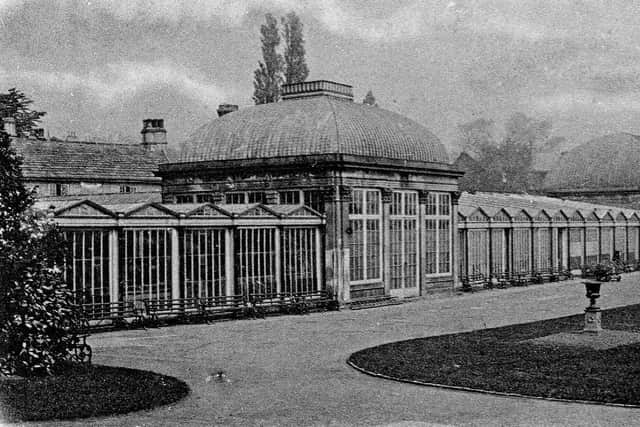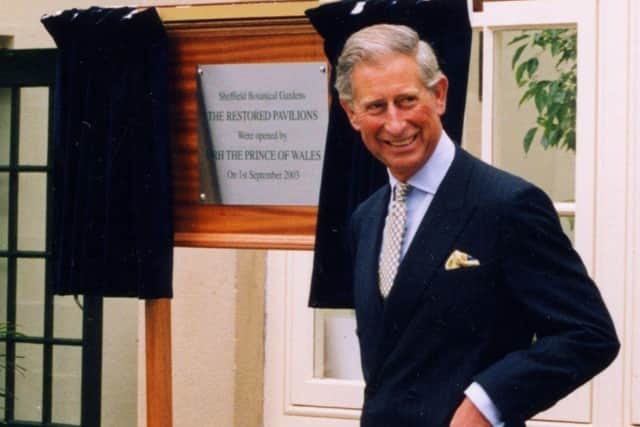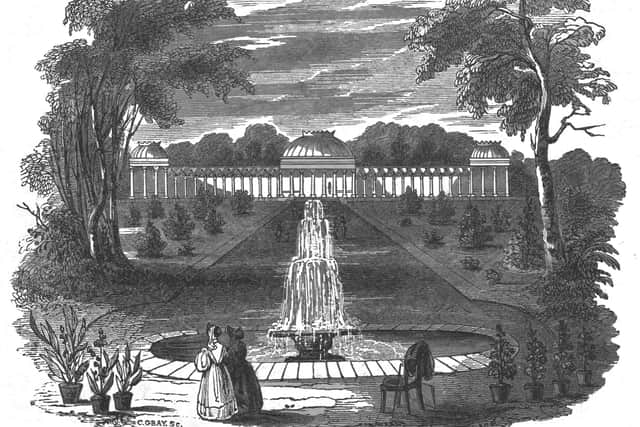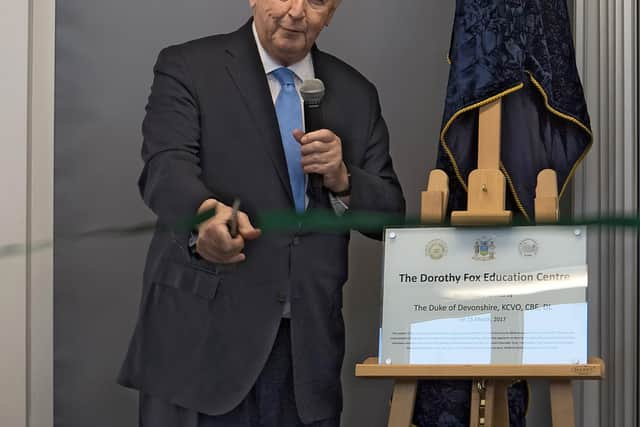Sheffield Botanical Gardens thriving after a troubled beginning
and live on Freeview channel 276
Winner Robert Marnock, Bretton Hall head gardener, was appointed curator,while runner-up Benjamin Broomhead Taylor, an architect. was employed to design the buildings.
Sheffield Botanical Gardens opened on June 29, 1836, to great acclaim – more than 15,000 people visited over the first four days.
Advertisement
Hide AdAdvertisement
Hide AdThe gardens were reserved for the shareholders and were closed on Sundays, limiting the clientele to the elite. Arrangements were made for school children and the general public were admitted on a few gala days each year. Following a global recession, which affected the steel and cutlery trade, and a severe hailstorm, which shattered the conservatories’ glass, the society failed in 1844.


A new society, of the same name, was formed and the Sunday restriction abolished, enabling many more Sheffielders to visit.
All debts were cleared within a decade and new projects were undertaken.
A new curator’s house was built, the conservatories extended and an elegant tea pavilion was constructed. Promenade evenings were held, when shareholders would be serenaded by local military bands. Galas for the public featured music, dancing, singing, acrobatics and exhibitions. These events were extremely popular.
Advertisement
Hide AdAdvertisement
Hide AdThe plant collections in the conservatories and grounds were much admired and the gardens gained an international reputation.


Eventually, the society found itself in financial trouble and had to close.
In 1898, Sheffield Town Trust bought the property and opened the gardens to everyone for free. The conservatories and tea pavilion had fallen into disrepair and only the three domes could be rescued.
World War Two had a detrimental impact including bomb damage to the domes.
Advertisement
Hide AdAdvertisement
Hide AdIn 1951, the trust offered the gardens to Sheffield Council, for a peppercorn rent, on the understanding the council would manage them.


The domes were restored and renamed the Pavilions. The central pavilion became an aviary and the east pavilion had an aquarium.
In 1984, the Friends of the Botanical Gardens, Sheffield was formed to encourage the pursuit of horticulture and raise funds.
Volunteers were allowed to help with garden maintenance for the first time in 1993.
Advertisement
Hide AdAdvertisement
Hide AdA partnership was formed between the trust, the council, Sheffield University’s landscape department, the friends and their new charity, Sheffield Botanical Gardens Trust, and an application for Lottery cash submitted.


The successful bid was announced in 1997, although the friends and gardens trust had to raise £1.25 million in matched funding.
Work started on the “Restoration Project” - first the gatehouse, south lodge and curator’s house were repaired. Next the pavilion domes were dismantled, mended, the intermediate ridge-and-furrow sections restored, and the whole replanted. Phase three aimed to regenerate the collections and improve facilities in the grounds. It involved clearance, installation of drains, water pipes, electric cables and soil treatment before new planting could begin. The work was completed in 2008.
It had been the intention to erect a new education centre, but there was no money left. The friends continued to raise funds and donations to the gardens trust meant that in 2016 work began on a new classroom, to replace the old portable cabin.
Advertisement
Hide AdAdvertisement
Hide AdIn March 2017, the Dorothy Fox Education Centre, named in honour of the principal donor, was opened by the Duke of Devonshire.
No doubt, the gardens will continue to evolve, adapting to climate change for instance – all five organisations in the partnership remain committed to the gardens.
A workshop entitled Garden History in 10 Objects will be led by Dr David Marsh, of the Historic Gardens Trust, on Saturday, March 14 – email [email protected] for details.